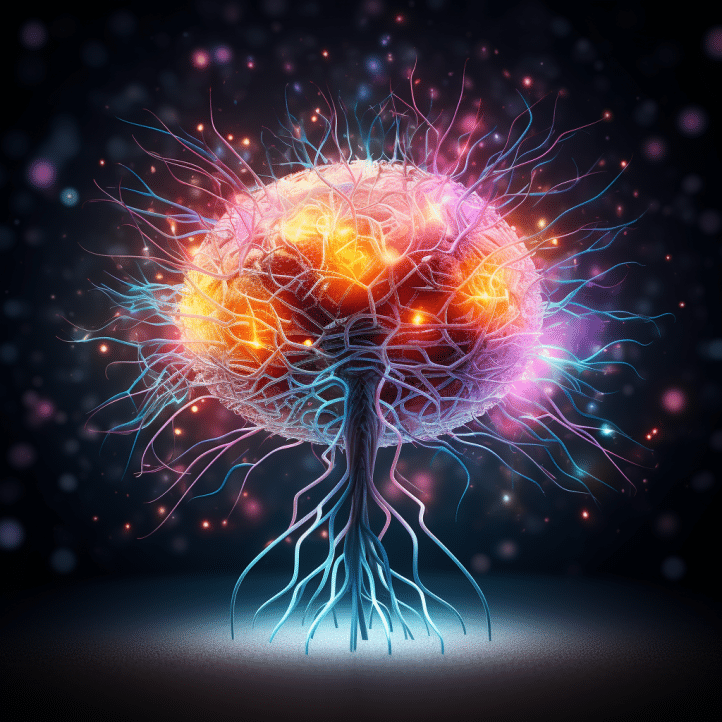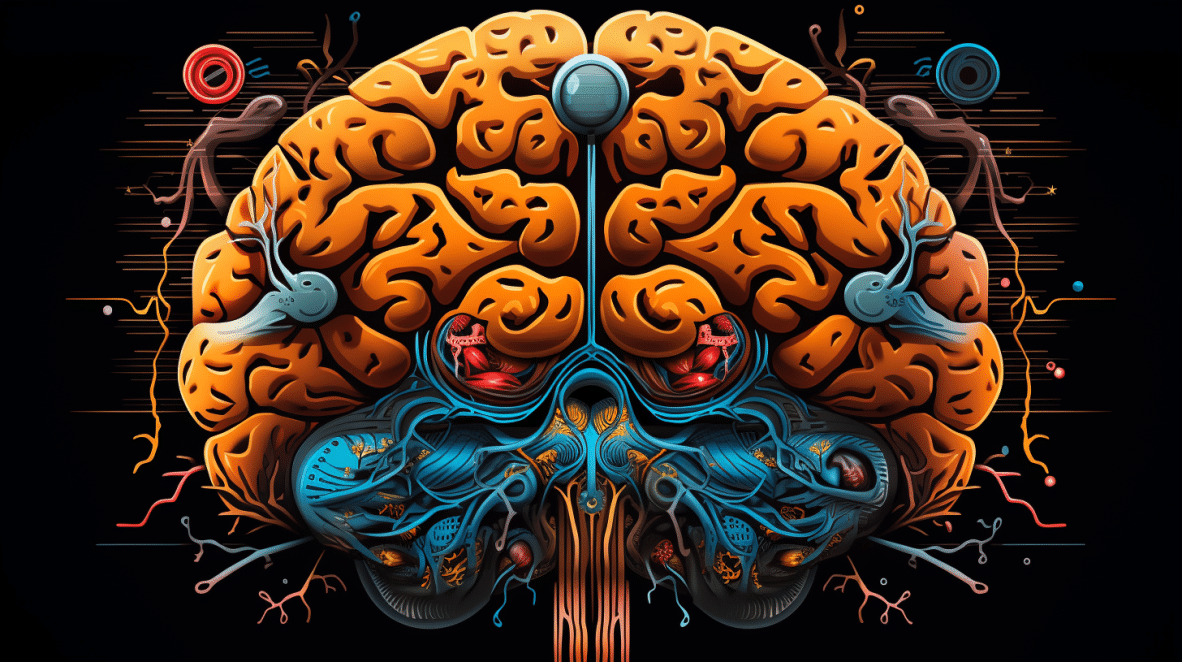Cocaine abuse leads to dysfunction of brain dopamine systems and the development of addiction.
New research identifies changes in the dopamine transporter as a driving force underlying cocaine addiction, and points to a novel way to reverse these detrimental effects.
Key Facts:
- Cocaine abuse caused the dopamine transporter to form larger complexes of multiple transporter molecules together.
- These dopamine transporter complexes showed reduced ability to be blocked by cocaine.
- This caused tolerance to cocaine effects, making cocaine less rewarding so more was required by the addicted individual.
- Treatment with low doses of amphetamine reversed the transporter complex formation and restored sensitivity to cocaine.
- Reversal of tolerance prevented escalation of cocaine intake and reduced motivation to take cocaine in rat models.
Source: J Neurosci.
Cocaine addiction afflicts millions and we still lack highly effective treatments.
This new study published in the Journal of Neuroscience provides valuable insights into the underlying brain changes caused by cocaine abuse.
Researchers found that chronic cocaine use caused dopamine transporters – the proteins that recycle dopamine – to form larger complexes containing multiple transporter molecules bound together.
This was revealed through sophisticated imaging techniques.
While bound in these complexes, the transporters showed a markedly reduced ability to be blocked by cocaine – essentially resulting in tolerance to cocaine effects.
This tolerance drives escalated cocaine intake as higher doses are required to achieve the same high, and is thought to be key in the downward spiral into addiction.
Remarkably, the study showed treatment with very low doses of amphetamine could completely reverse the transporter complexes and restore sensitivity to cocaine.
When given during cocaine use or withdrawal, amphetamine prevented escalation of cocaine intake and motivation to take the drug in rat models.
Unraveling Cocaine’s Actions on Brain Dopamine
Dopamine is a critical signaling molecule in the brain.
It is released in bursts by neurons into the synapse and travels across to activate dopamine receptors on neighboring cells.
Dopamine drives our motivation and is integral to the reward pathway activated by drugs like cocaine.
After signaling, dopamine must be quickly cleared from the synapse to reset the system.
This is achieved by the dopamine transporter – a protein on the cell membrane that pumps dopamine back into the cell ready for reuse.
Cocaine produces its high by binding to and blocking the dopamine transporter.
This causes a buildup of dopamine in the synapse, over-activating the reward pathway.
With repeated cocaine use, brain imaging studies show dopamine signaling becomes dysfunctional.
Users exhibit tolerance, meaning they experience less reward from the same cocaine dose.
This drives increased intake as they chase the original high.
Molecular Basis of Cocaine Tolerance Explored

The new study explored the molecular changes underlying tolerance at the dopamine transporter.
Using sophisticated voltammetry techniques, they showed chronic cocaine caused a pronounced decrease in the ability of cocaine to block the transporter – essentially tolerance at a molecular level.
This occurred alongside escalated cocaine self-administration in rat models, directly linking reduced cocaine potency to addictive behaviors.
Remarkably, this did not affect the baseline dopamine reuptake function of the transporter – only its interactions with cocaine.
This highlights that cocaine was inducing very specific drug-induced adaptations.
Oligomer Formation Underlies Tolerance
So what was the molecular nature of these adaptations?
The researchers hypothesized the dopamine transporter was changing conformations in response to chronic cocaine.
Using advanced FRET imaging they revealed that cocaine caused transporters to form into larger oligomer complexes containing multiple transporter molecules bound together.
This oligomerization of the dopamine transporter was tied to the reduced cocaine sensitivity. Evidence suggests the change in transporter structure affects how cocaine can bind and exert its effects.
Reversal of Tolerance with Low-Dose Amphetamine
The exciting finding was that very low dose amphetamine treatment could completely reverse the transporter oligomerization and restore normal sensitivity to cocaine.
Amphetamine shares similarities with cocaine in its interaction with the dopamine transporter.
However, it appears better able to disrupt the abnormal oligomers back into individual transporter molecules.
When administered to cocaine-taking rats, either during use or withdrawal, amphetamine fully prevented the escalation in cocaine intake.
It also reduced their motivation to take cocaine doses.
This occurred despite amphetamine treatment ending a day before testing – showing its effects persisted beyond the direct presence of the drug.
Overall, these findings elegantly demonstrate how chronic cocaine drives specific adaptations in the dopamine transporter that underlie tolerance and addictive behaviors.
They also reveal a highly promising method to reverse these effects using low-dose amphetamine.
New Treatment Idea for Cocaine Addiction
Currently there are no highly effective pharmacological treatments for cocaine addiction.
This study highlights promising new directions.
Therapies able to reverse transporter oligomerization may provide long-lasting normalization of dopamine signaling.
In turn, this could reduce cravings and motivation for cocaine in addicted individuals.
While amphetamine shows promise, it has its own addiction liability, making it imperfect as a therapy.
Designing molecules that can selectively destabilize the oligomeric transporter complexes could offer similar restorative effects without abuse potential.
Additionally, directly visualizing dopamine transporter conformation using PET imaging may eventually provide a biomarker of treatment efficacy if deployed in the clinic.
Overall this study elegantly connects cocaine’s molecular actions to alterations in neurochemistry and ultimately addictive behaviors.
The novel insights propel the dopamine transporter to the forefront as a high-value target for developing anti-addiction medications.
References
- Study: Amphetamine reverses escalated cocaine intake via restoration of dopamine transporter conformation
- Authors: Cody A. Siciliano et al. (2018)







